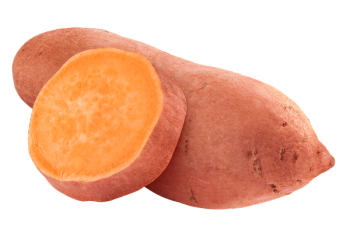
Investigating Coeliac Disease in Roman Remains
Using GC–MS and light microscopy, researchers have investigated the dental calculus of a roman woman with coeliac disease and found she came into contact with gluten-rich cereals that would have been deleterious to her, and would likely have contributed to her premature death.
Gluten has been part of the human diet for centuries, and as such it would be useful to discover if earlier civilizations experienced diseases related to gluten consumption, such as coeliac disease (CD), and how these civilizations attempted to treat such ailments.
The use of medicinal and aromatic plants was a common form of treatment historically, with various texts citing knowledge of natural remedies featuring plants, seeds, flowers, fruits, and other ingredients that have useful bioactive compounds. This tradition continues in many cultures, including China, and in some cases is passed on as common knowledge through generations. However, gleaning any firstâhand information on applied remedies to ancient remains can prove difficult.
Interestingly, the skeletal remains of a Roman woman from the late first century to early second century common era (CE) displayed pathological signs evocative of coeliac disease. The skeleton of a 18–20-year-old female discovered at an archaeological site in Cosa, in Tuscany, Italy, was diagnosed with osteoporosis, osteopenia, coxa valga, dental enamel hypoplasia, and cribra orbitalia. These are all pathologies attributed to CD because of the associated difficulties of nutrient adsorption (1,2). Further molecular analyses showed that the young woman presented the HLA-DQ 2.7 halotype, which is typically associated to a high predisposition for CD (2,3).
There have been no other archaeological findings related to CD, so these remains presented a unique opportunity to reconstruct food habits and attempted therapeutic treatments.
Using gas chromatography–mass spectrometry (GC–MS) and light microscopy, researchers were able to investigate the dental calculus of the individual (4). Light microscopy provided evidence that she came into contact with gluten-rich cereals that would have been deleterious to a CD sufferer, and would likely have contributed to her premature death. GC–MS analysis revealed she was ingesting plant foods and herbs, with two notable markers for Curcuma sp. and Panax sp. being detected. These plant stems (rhizomes) were commonly used in ancient Oriental medicine, perhaps suggesting cultural contact and exchange with eastern Asia. Researchers hypothesized that the woman was using these roots as a natural remedy in an attempt to soothe her pathological condition because these roots were considered to possess energizing properties as well as antiâinflammatory and immunomodulatory properties.
This research suggests that diseases such as CD have existed throughout human civilization and their unfortunate sufferers were unaware of the cause. Aretaeus of Cappadocia, a celebrated Greek physician from the second century before the common era (BCE), used the Greek word “koiliakos”, which means “suffering in their abdomen” to describe a chronic wasting illness associated with diarrhoea, a main symptom of CD (4).
References
- G. Gasbarrini et al., J. Clin. Gastroenterol44, 502–503 (2010).
- G. Gasbarrini et al., World J. Gastroenterol 18, 5300 (2012).
- D.N. Amarapurkar et al., Trop. Gastroenterol36, 174–178 (2016).
- A. Gismondi et al., Archaeol. Anthropol. Sci. 12, 6 (2020).
Newsletter
Join the global community of analytical scientists who trust LCGC for insights on the latest techniques, trends, and expert solutions in chromatography.





